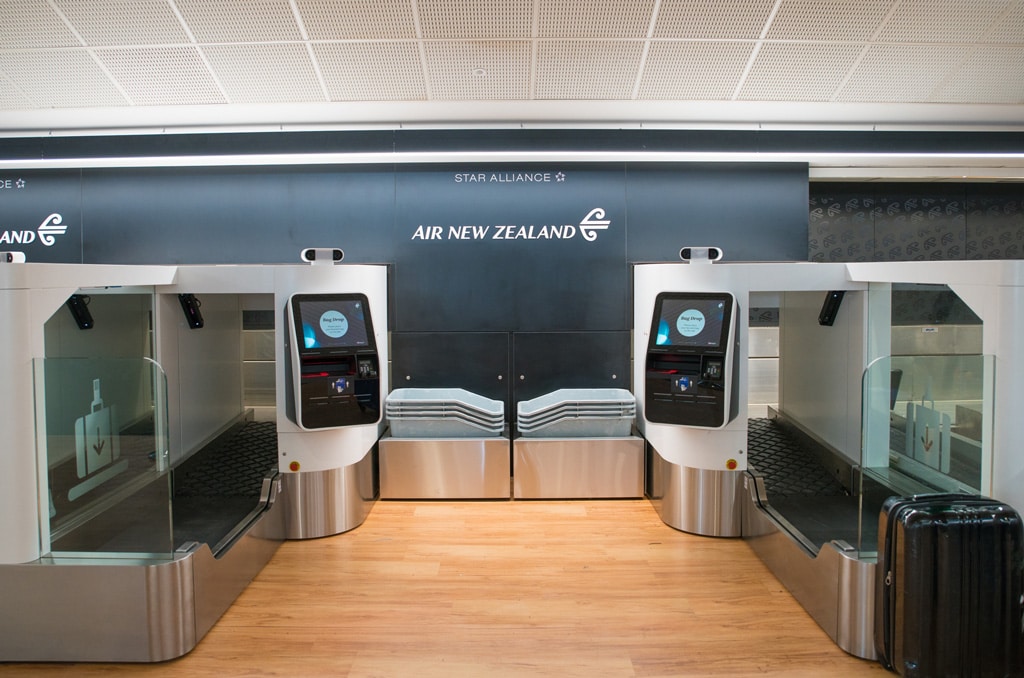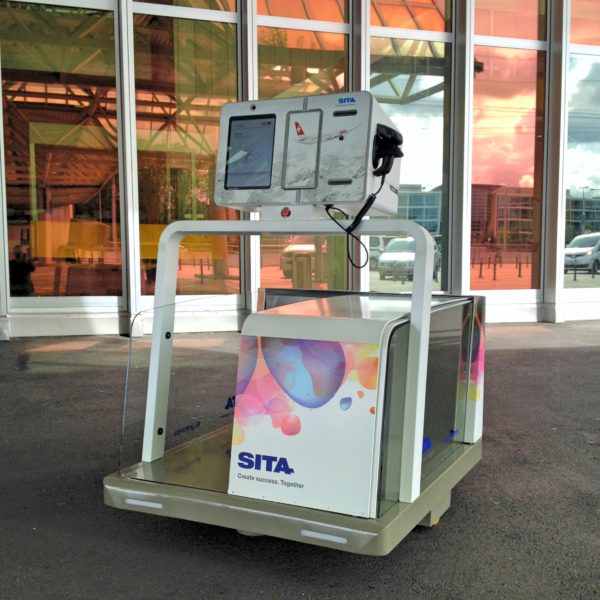In the Bag: The Surge in Self-Service Baggage Solutions
Share

APEX Insight: The number of lost and mishandled bags is at a record low, while the implementation of automated luggage services is at a historic high. The less people involved, the better, it seems, when it comes to ensuring that a passenger’s luggage makes its way from home to hotel. The self-service market is burgeoning, and airports and airlines are cluing in.
Baggage mishandling is at a record low since SITA launched its baggage handling trends reports nearly fifteen years ago. The 2016 report, released April 2016, shows that the number of mishandled bags has been reduced from 24.3 million in 2014 to 23.1 million in 2015 – a near five percent drop. While isolating the “reason” for the decline is improbable, it is no coincidence that self-service solutions in the airport are currently at a historic high. After years of focusing on how to unburden travelers, it turns out they are most satisfied when in control. Fewer bags are lost when the people handling them are truly invested in their contents – or, of course, if a robotic assistant shoulders some of the work.
An Automated Touch

SITA last week unveiled a fully autonomous baggage-handling robot to assist passengers arriving at Terminal 1 of Geneva Cointrin International Airport. Leo automates the baggage process by helping passengers with check-in, printing bag tags, transporting suitcases to the baggage handling area and confirming boarding gate and departure time. Using robotics and artificial intelligence means bags will reach their final destinations with minimal involvement of anyone other than the passengers themselves; SITA believes this will limit the number of bags in the airport terminal, reduce congestion and facilitate airport navigation. “Leo demonstrates that robotics hold the key to more effective, secure and smarter baggage handling and is a major step towards further automating bag handling in airports. Leo also provides some insight into the potential use of robots across the passenger journey in the future,” said Dave Bakker, president, Europe, SITA.
Check Out That Bag Drop
Just ahead of Leo’s debut last week was the official opening of easyJet’s self-service bag drop in Gatwick Airport’s North Terminal building. The $52 million project, the largest of its kind, will increase the airport’s peak check-in capacity from 3,000 to 4,350 passengers per hour. The 5,000-square-meter space contains 48 bag drop kiosks, aimed at reducing queues, accelerating processing times and offering travelers greater control of their airport experience. After travelers have their passports verified against boarding passes, they can proceed to one of the self-service kiosks to weigh their bags. A luggage tag is then automatically generated by the kiosk, attached to the bag by the customer, verified to ensure information is correct and securely fastened before the bag is sent to the corresponding aircraft. Chris Hope, easyJet’s head of Gatwick, said, “These new self-service kiosks provide a glimpse into the future of airport design and enable our customers flying from London Gatwick to have unique use of the most innovative state-of-the-art facilities.”
“These new self-service kiosks provide a glimpse into the future of airport design and enable our customers flying from London Gatwick to have unique use of the most innovative state-of-the-art facilities.” €” Chris Hope, easyJet
Getting Ahead With Biometrics
Air New Zealand’s self-service bag drop zone in Auckland Airport may not be as large as easyJet’s, but what it lacks in size, it makes up for with technological edge. Unlike Gatwick’s easyJet bag drop, which requires airline employees to manually verify boarding passes against passports, the Kiwi carrier’s system automates that part of the process with technology similar to that used for its SmartGate passport control facilities. Customers scan their passports and boarding passes to have their identities confirmed by a biometric camera before being invited to place their bags on the scale to be weighed. If the baggage complies with weight standards, it will be dispatched to the airline’s baggage handling system. Air New Zealand’s general manager of Airports, John Whittaker, says, “We can now streamline the check-in process for our customers at Auckland International Airport and provide a more seamless airport journey.” The bag drop is just one more initiative – in addition to other online and self-service options – taken by the airline to allow customers to take greater control of their check-in experience.
“We can now streamline the check-in process for our customers at Auckland International Airport and provide a more seamless airport journey.” €” John Whittaker, Air New Zealand
Tag It and Track It
Delta Air Lines’ RFID tags bring the sense of control and transparency afforded by self-service options to all stages of the bag handling process. Passengers who check their bags at participating airports will receive RFID paper tags that store data that can be captured by scanners using radio waves, giving travelers the opportunity to personally track their bags on Delta’s smartphone app. “This innovative application of technology gives us greater data and more precise information throughout the bag’s journey,” said Bill Lentsch, Delta’s senior vice-president of Airport Customer Service and Cargo Operations. Delta isn’t the first airline to dabble into smart luggage tags, however the global scale of Delta’s RFID program is unparalleled, with other carriers like Qantas and British Airways having made advanced tag technology available for purchase or exclusive to priority members. The $50 million project includes 344 airports, 4,600 scanners and 3,800 RFID bag tag printers and is slated to be deployed worldwide by the end of August.


